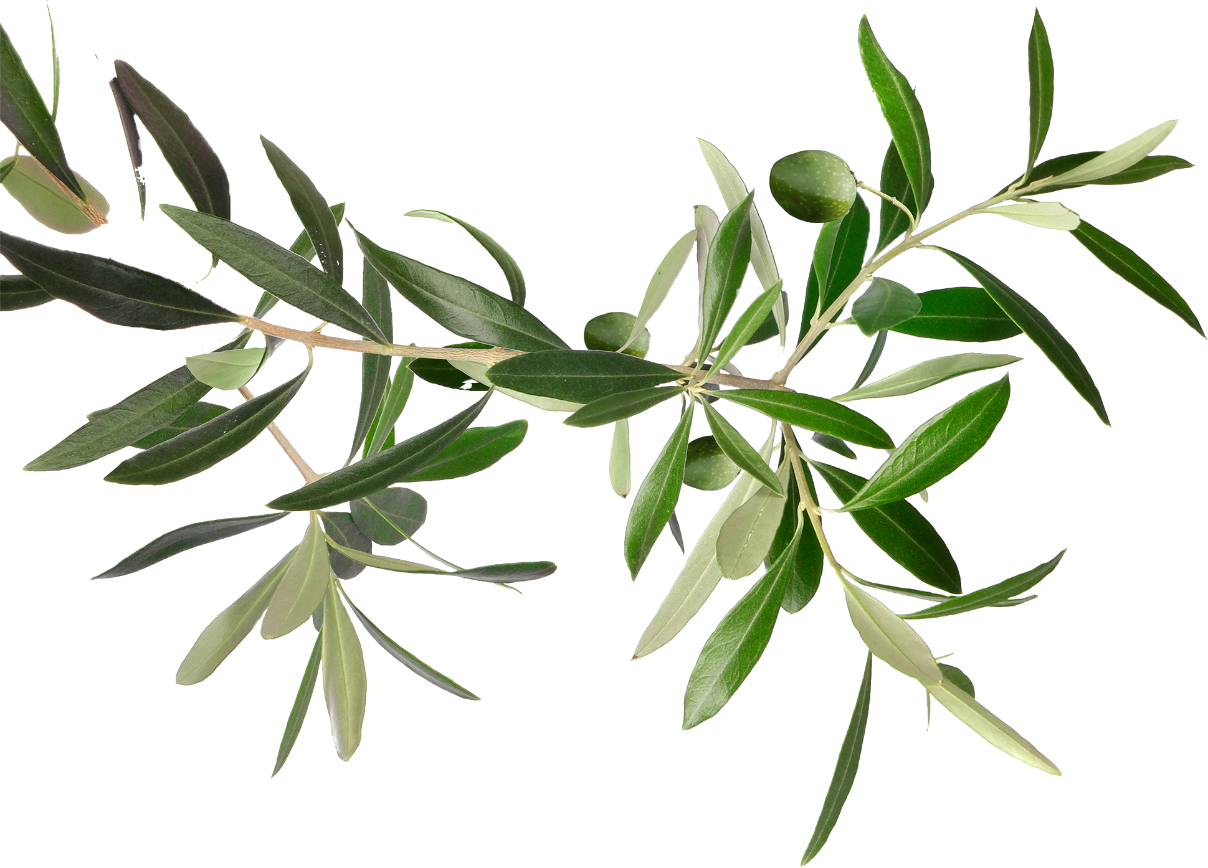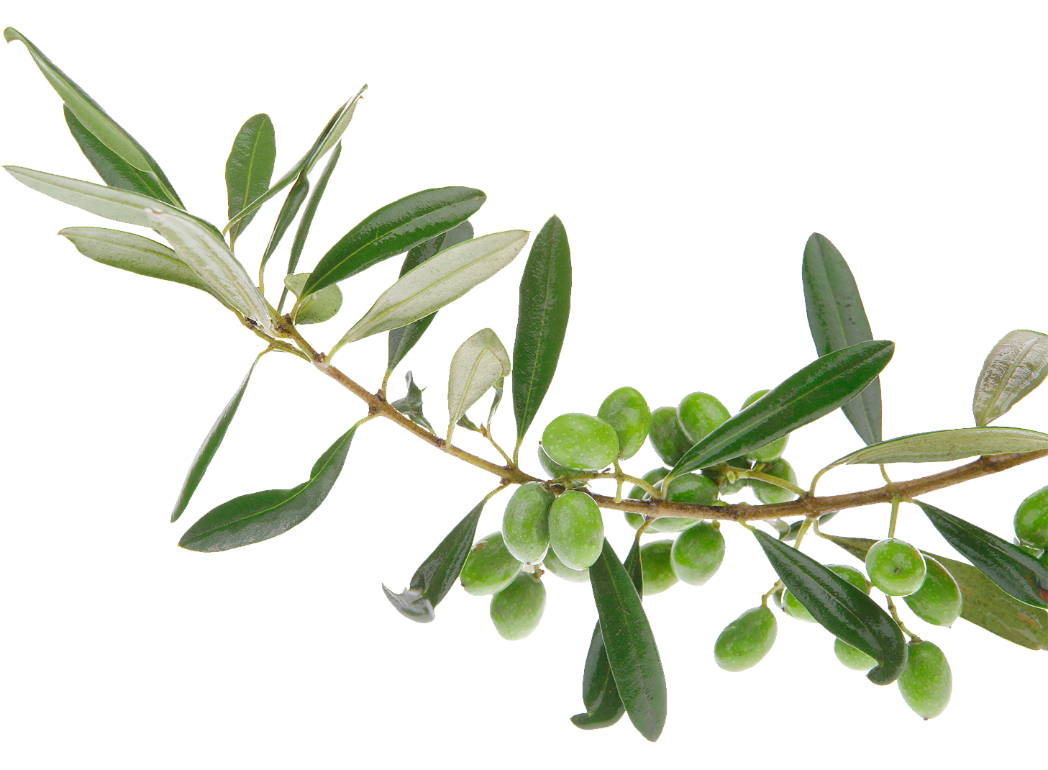Discover the journey of your La Española olive oil from the roots. Here, you can find everything about our process, in a transparent way, so that you know the individual story of your product, from the tree to your table.
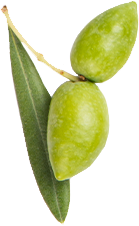
OUR HERITAGE
Spain is the largest olive oil producer in the world. Nearly 60% of the world’s
total olive oil is produced in Spain. La Española has been producing and packing olive oil in the
Andalusian region in the south of Spain since 1840. In recent years, the average annual olive oil
production in Spain has been over 1.75 million tonnes.
We would like to share with you the journey of your olive oil from the sun drenched olive groves in
Spain to your local table.



THE HARVEST
The olive harvest takes place during the winter months between October and
February.
Olives are harvested at the beginning of ‘veraison’ which is the period when the olives are at their
best. This produces the highest quality extra virgin olive oil, preserving all its healthy attributes
and highest quantity of natural antioxidants and polyphenols.
The olives can either be picked by hand or collected by machinery. A machine vibrates the entire olive
tree so that the olives fall effortlessly and are caught by nets to ensure they never touch the ground.
This process doesn’t damage the olive tree which continues to grow and thrive year after year.
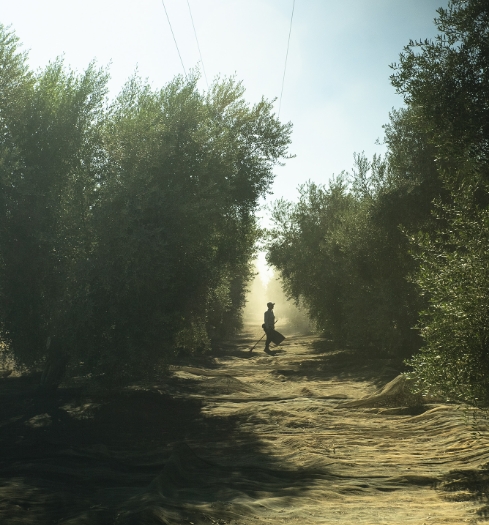



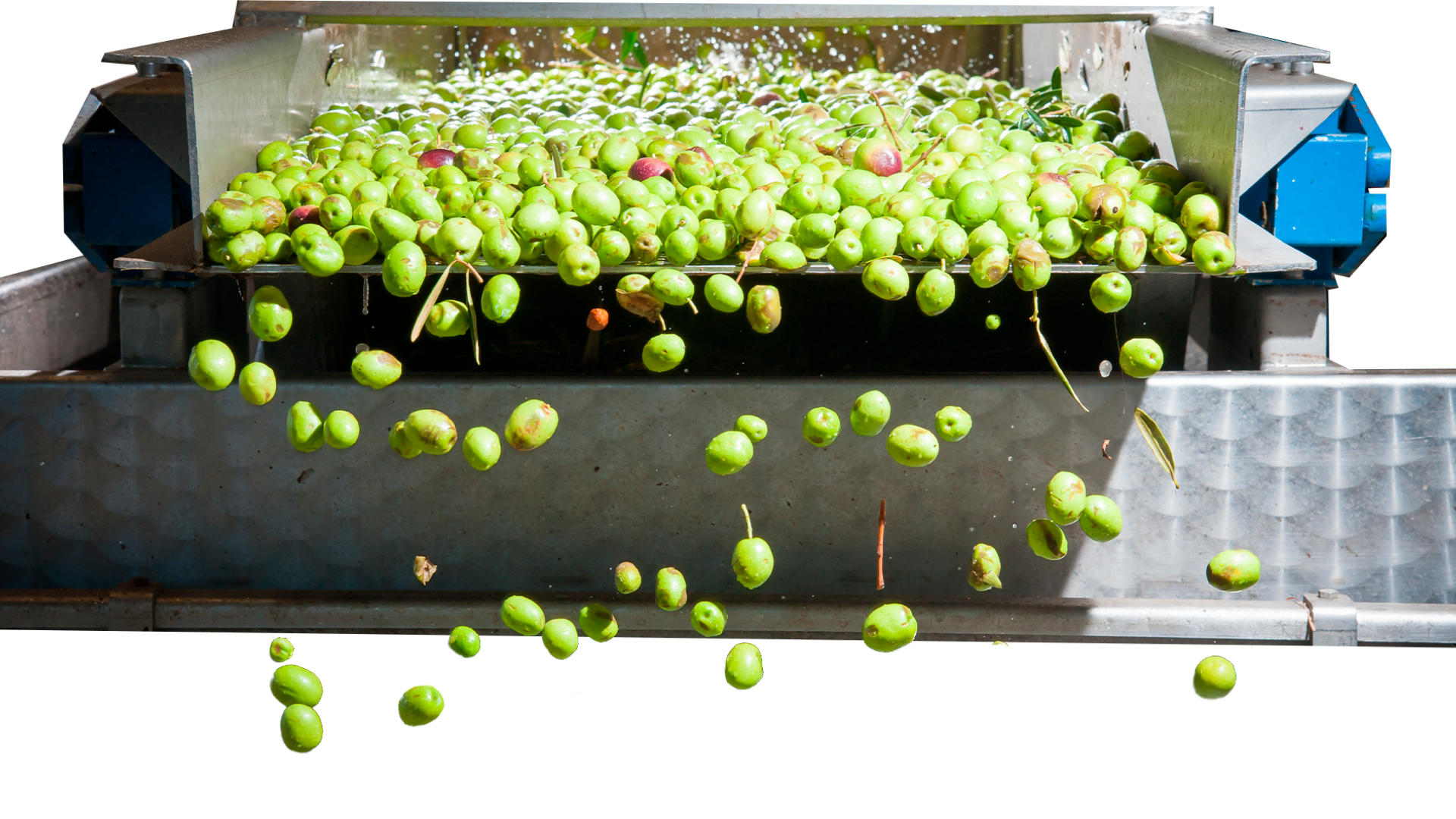
THE MILL
After the harvest, the olives are immediately transported to the mill. This is
usually a short journey which ensures the olives preserve all their attributes.
This process is commonly called ‘cold extraction’ as no heat, solvents or chemicals are used to extract
the extra virgin olive oil. Extra virgin olive oil always comes from this “first cold pressing” of the
olives and has less than 0.8% acidity. This is the finest quality oil and it must meet very strict
guidelines in order to be classified as extra virgin olive oil.
01
WASHING
The olives are cleaned, washed and weighed ready for crushing.
02
GRINDING
Through a metal tooth grinder, the olives are ground resulting in a paste.
03
MIXING
This paste which contains oil, solid residue from the stone, pulp and water, is now mixed to facilitate the pooling of the oil.
04
SEPARATION AND CENTRIFUGATION
The olive oil is rotated at high speed in a centrifuge to separate the oil from the pulp and residual water. This process is done in 2 phases involving a horizontal and vertical centrifuge machine.


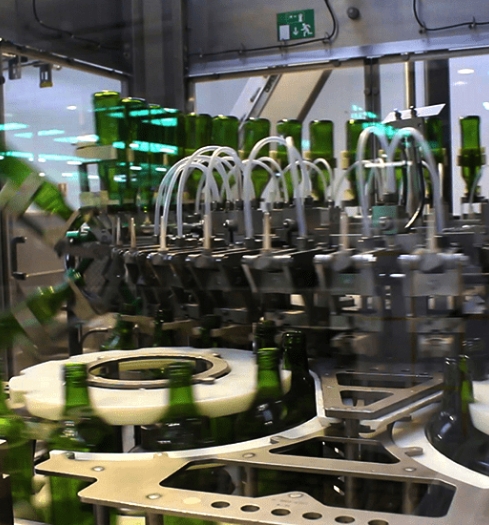
The bottles are then packed into fully recyclable cardboard boxes and stacked onto
pallets ready for transportation to the US.
Harvesting, milling and locally packing our olive oil provides an exclusive level of transparency. We
are able to trace each and every bottle of extra virgin olive oil right back to the farm where the
olives were first harvested. This is unique in our market and ensures that we only use 100% Spanish
olives in our olive oil.
Each bottle of La Española olive oil comes with the quality and origin you can trust.


